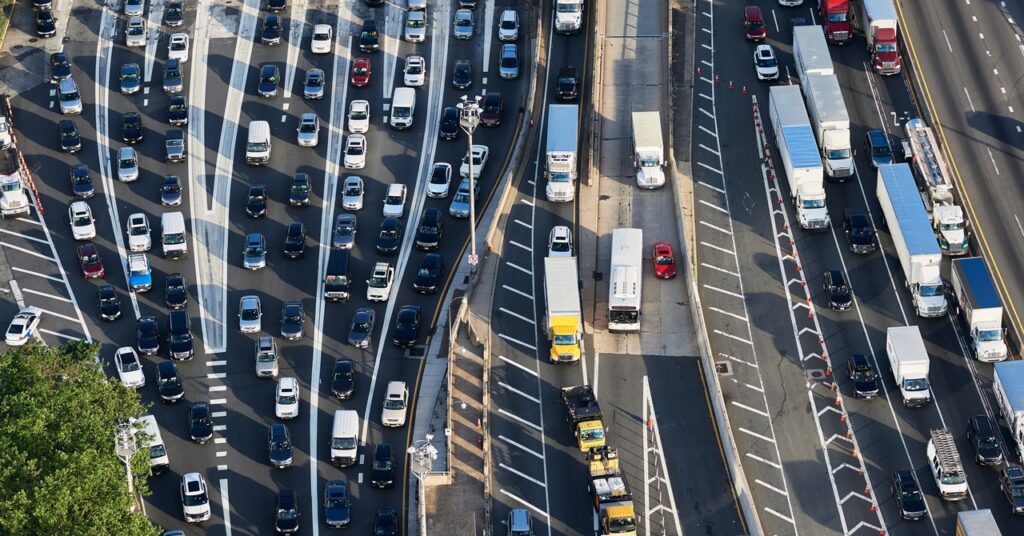In recent years, the concept of self-driving cars has transitioned from science fiction to reality, as these innovative vehicles hit the streets in major US cities. With advancements in artificial intelligence and sensor technology, autonomous vehicles are now navigating urban environments, promising to revolutionize the way we think about transportation. This article delves into the implications of self-driving cars, exploring their potential benefits, challenges, and the future of urban mobility.
As we journey through this topic, you will discover how self-driving cars are designed to enhance road safety, reduce traffic congestion, and provide greater accessibility for all. We will examine the various technologies that enable these vehicles to operate independently, including machine learning algorithms and advanced sensor systems. Additionally, we will discuss the regulatory landscape and the ethical considerations surrounding the deployment of autonomous vehicles in bustling cityscapes.
Moreover, we will highlight real-world examples of cities that have embraced self-driving technology, showcasing pilot programs and partnerships between tech companies and local governments. By the end of this article, you will have a comprehensive understanding of the current state of self-driving cars in the US and what the future may hold for this transformative mode of transportation. So, buckle up and join us as we explore the exciting world of self-driving cars!
The Technology Behind Self-Driving Cars
Self-driving cars utilize a combination of advanced technologies, including artificial intelligence (AI), machine learning, and sensor systems. These vehicles are equipped with cameras, radar, and lidar to perceive their surroundings, allowing them to navigate complex urban environments. The AI algorithms process the data collected from these sensors to make real-time decisions, such as when to stop, accelerate, or change lanes.
Moreover, the development of high-definition maps plays a crucial role in the functionality of autonomous vehicles. These maps provide detailed information about road conditions, traffic signals, and potential obstacles, enhancing the vehicle’s ability to operate safely and efficiently. As technology continues to evolve, the accuracy and reliability of self-driving systems are expected to improve significantly.
Regulatory Challenges and Legal Framework
The introduction of self-driving cars in major US cities raises numerous regulatory challenges. Governments must establish a legal framework that addresses liability in the event of accidents involving autonomous vehicles. Questions about who is responsible—the manufacturer, software developer, or the vehicle owner—remain a significant concern.
Additionally, cities must adapt their infrastructure to accommodate self-driving technology. This includes updating traffic laws, creating designated lanes, and ensuring that road signs are readable by autonomous systems. Collaboration between tech companies and government agencies is essential to create a safe and effective regulatory environment for self-driving cars.
Impact on Urban Mobility and Traffic Congestion
Self-driving cars have the potential to revolutionize urban mobility by reducing traffic congestion and improving transportation efficiency. With the ability to communicate with each other and traffic management systems, autonomous vehicles can optimize routes and minimize delays. This could lead to a significant decrease in the number of vehicles on the road, as shared autonomous vehicles become more prevalent.
Furthermore, the integration of self-driving cars into public transportation systems could enhance accessibility for individuals who are unable to drive. By providing on-demand transportation services, these vehicles can help reduce reliance on personal cars, ultimately leading to less congestion and lower emissions in urban areas.
Safety Concerns and Public Perception
Safety is a primary concern when it comes to self-driving cars. While proponents argue that autonomous vehicles can reduce accidents caused by human error, public perception remains mixed. High-profile accidents involving self-driving cars have raised questions about their safety and reliability.
To address these concerns, manufacturers must invest in rigorous testing and transparent reporting of safety data. Public education campaigns can also help inform citizens about the benefits and limitations of self-driving technology, fostering a more positive perception and acceptance of autonomous vehicles in society.
Economic Implications and Job Displacement
The widespread adoption of self-driving cars could have significant economic implications, particularly in the transportation sector. While autonomous vehicles may create new job opportunities in tech and engineering, they also pose a threat to traditional driving jobs, such as truck drivers and taxi operators.
As the industry evolves, it is crucial for policymakers to consider strategies for workforce transition. This may include retraining programs for displaced workers and promoting new roles in the autonomous vehicle ecosystem. Balancing technological advancement with economic stability will be essential for a smooth transition to a self-driving future.
Future Trends in Autonomous Vehicle Development
The future of self-driving cars is promising, with ongoing advancements in technology and infrastructure. Companies are investing heavily in research and development to enhance the capabilities of autonomous vehicles, including improved AI algorithms and more sophisticated sensor systems.
Moreover, the integration of electric vehicle technology with self-driving capabilities is expected to gain momentum. This combination could lead to a more sustainable transportation model, reducing carbon emissions and promoting cleaner urban environments. As cities continue to adapt to these innovations, the landscape of urban mobility will undoubtedly transform in the coming years.
| Aspect | Description |
|---|---|
| Introduction | Self-driving cars, also known as autonomous vehicles, are increasingly being tested and deployed in major US cities, marking a significant shift in transportation technology. |
| Technology | These vehicles utilize advanced sensors, cameras, and artificial intelligence to navigate and make driving decisions without human intervention. |
| Major Cities | Cities like San Francisco, Los Angeles, and Austin are at the forefront of this technology, with various companies conducting trials and offering rides to the public. |
| Benefits | Self-driving cars promise to reduce traffic accidents, improve traffic flow, and provide mobility solutions for those unable to drive. |
| Challenges | Despite the potential benefits, challenges such as regulatory hurdles, public acceptance, and ethical considerations remain significant obstacles. |
| Future Outlook | The future of self-driving cars looks promising, with ongoing advancements in technology and increasing investment from both private and public sectors. |



